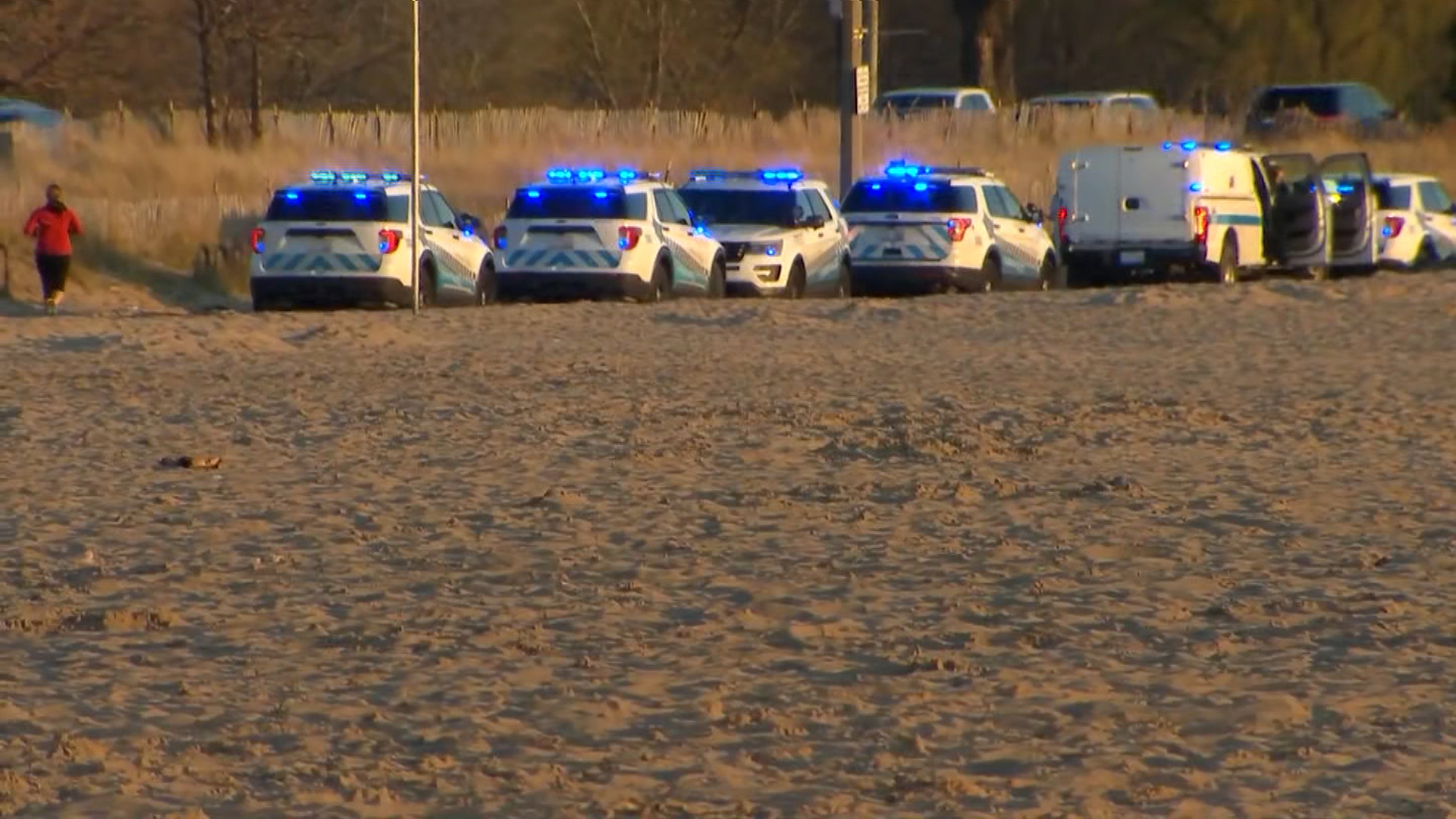New energy efficient windows are designed to keep the heat out in the summer and the heat inside during the winter, but they appear to be having an undesirable effect -- burning objects in their magnified path.
It was a hot summer day in 2012 when Colleen Daub first noticed something was very wrong with the vinyl siding on her Woodstock home.
"I was doing simple yard work, mowing the lawn, and I looked up at the siding and I noticed a little bubbling," Daub recalls. At first, she thought it was water damage. "It looked real wavy. When you go to touch it was squishy."
The vinyl siding on her home looked warped, saggy and melted. Daub had no clue what was causing the problem.
"I'm very frustrated because it's an eyesore when you're driving by the house," she says.
Her dad, Pat Daub, found some clues with a quick internet search. Turns out the unlikely culprit were the energy efficient windows on the second floor of his neighbor's house.
They're called low-e or low emissivity windows, designed with a thin coating of metal or metal oxide. Low-e windows are required by some building codes and are used in an estimated 80 percent of new homes. But the popular windows act like a magnifying glass by reflecting concentrated beams of sunlight onto whatever is in its path -- in this case, the Daub's house.
Local
"I had no clue it was this bad and this widespread," Pat Taub said.
The Daubs are not alone. NBC 5 Investigates went on a tour of their neighborhood and saw home after home with the same kind of damage.
"Nobody's doing anything about it," Pat Daub complains.
So, whose problem is this to fix?
The Daubs say the home developer denied responsibility. As for the siding manufacturer, its warranty specifically excludes damage caused by reflections from windows. That language was added by siding makers industry-wide after the low-e problem came to light.
And the finger-pointing doesn't stop there. The vinyl siding industry blames the window makers, saying "we know, and the window industry knows that the solution lies in finding a way for windows to reflect solar energy without concentrating it into a dangerous beam." But the window industry disagrees, saying many factors come into play, most of them having to do with siding.
The problem isn't going away anytime soon. Damage blamed on low-e windows has been reported across the country. And it's more than just siding that's melting.
In Los Angeles, intense beams focused off e-glass melted plastic and paneling on cars and garbage cans. Reflections from hotel windows burned guests on a Las Vegas pool deck. And the Consumer Product Safety Commission says beams from sunroom and skylight e-glass started fires on cedar shingles in at least 4 homes.
Back in Woodstock, the Daubs are still struggling for answers. They could use their homeowners insurance to cover replacement, but they'd pay the $1,000 deductible and risk higher premiums. Neither the window or siding industry offered any detailed plans for change, leaving homeowners are left caught in the middle. Most are simply told to plant shrubs or install awnings as a short-term fix to block the strong rays. A solution that doesn't sit well with Colleen Daub.
"It's frustrating. You don't really get any answers. I just kind of felt like I was left hanging," she said.



